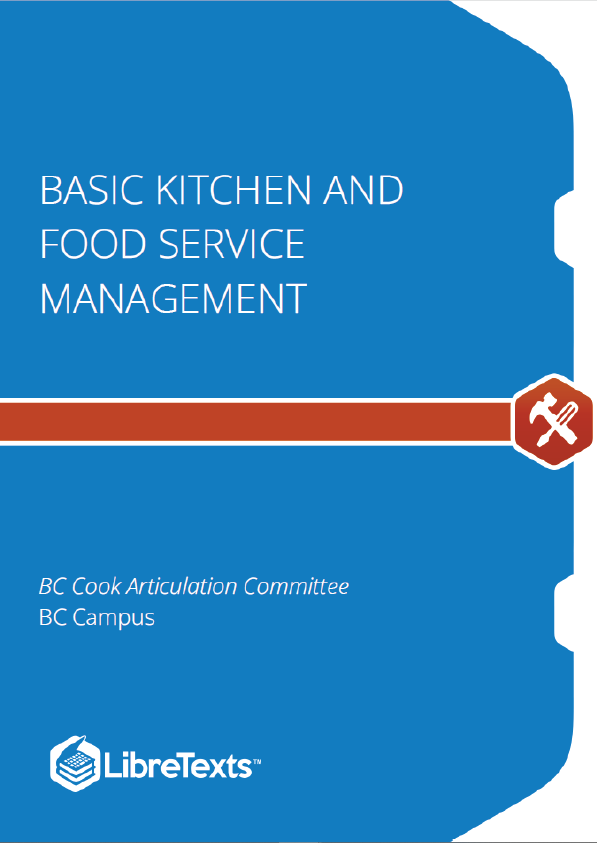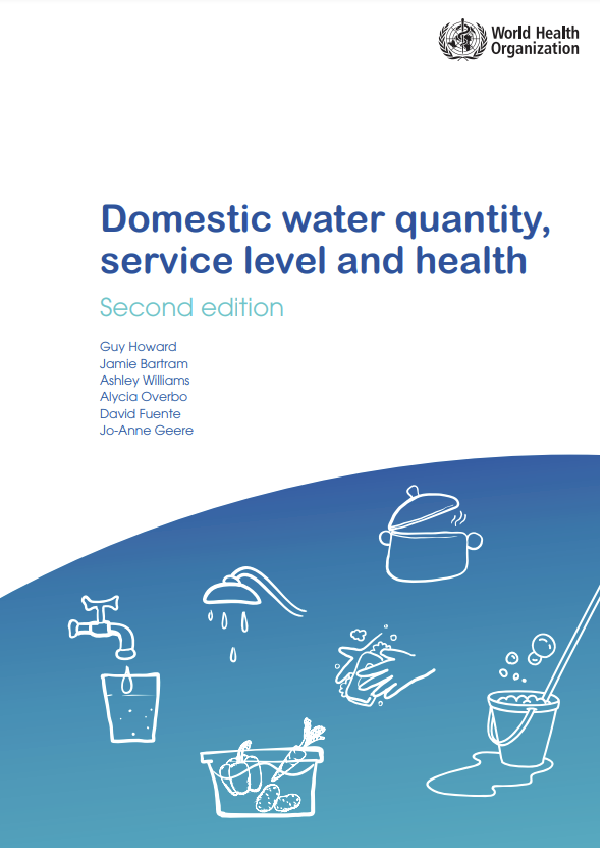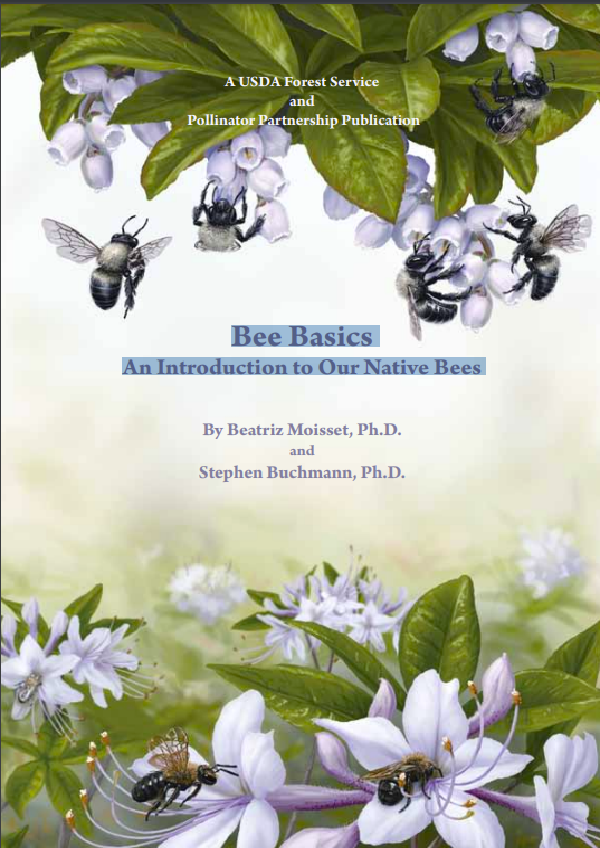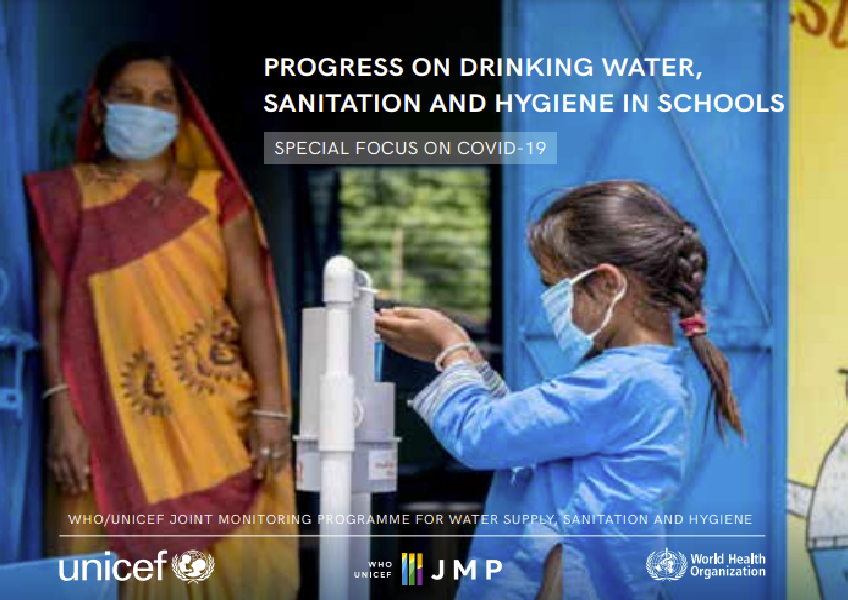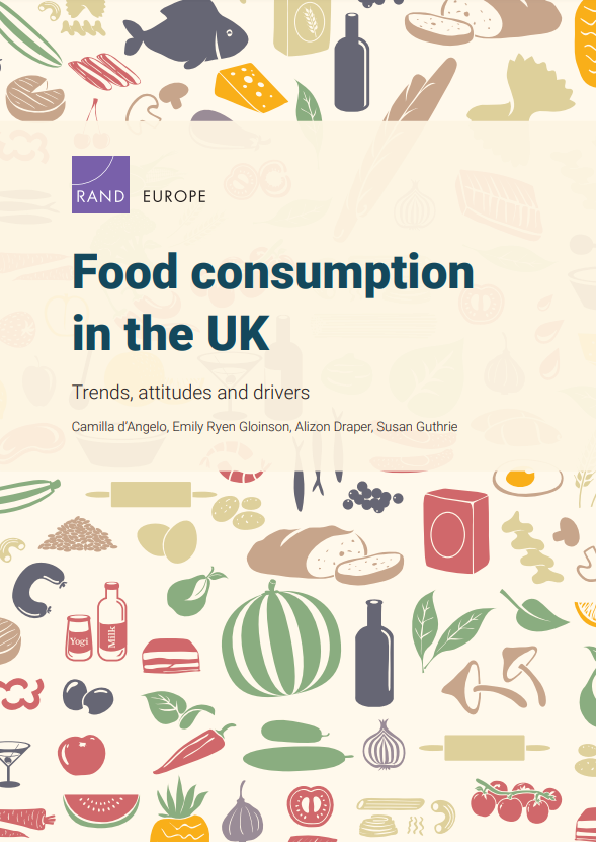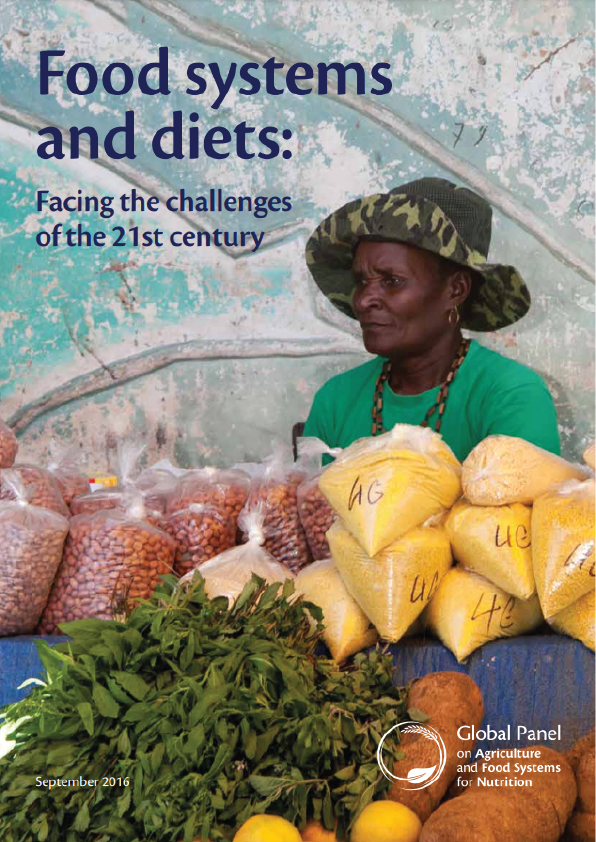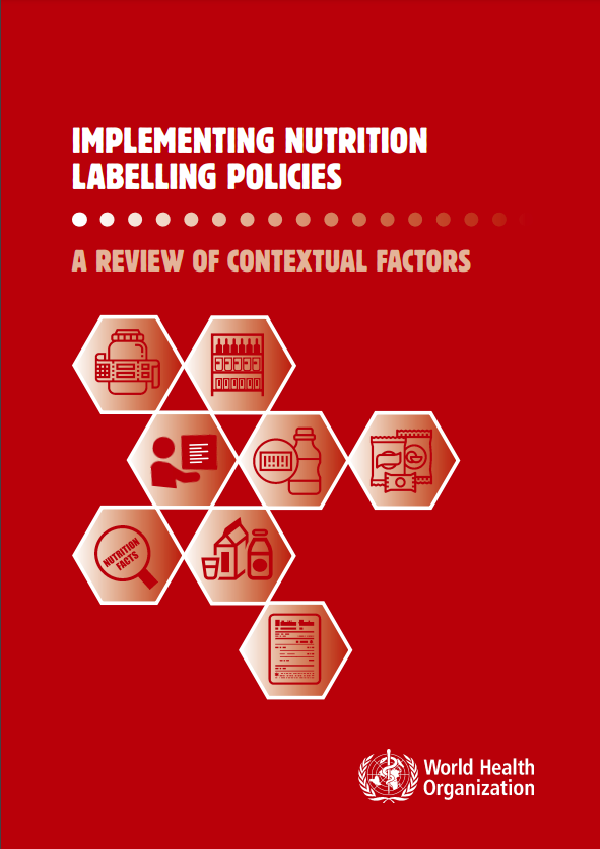Basic Kitchen and Food Service Management is one of a series of Culinary Arts open textbooks developed to support the training of students and apprentices in British Columbia’s foodservice and hospitality industry. Although created with the Professional Cook, Baker and Meatcutter programs in mind, these have been designed as a modular series, and therefore can be used to support a wide variety of programs that offer training in foodservice skills.
Canadian cooks should feel comfortable working in three different measurement systems. Two of these systems (U.S. and imperial) are closely related, while the third (S.I., more commonly called metric) is different from the other two.
Although the metric system was introduced in Canada a number of years ago, the food industry and home cooks still rely heavily on equipment and cookbooks imported from the United States. In addition, because we used imperial measurements in Canada for the sale of liquids, some industry recipes will call for imperial measurements rather than U.S. liquid measurements.
The imperial and U.S. measuring systems evolved out of the system used in Europe prior to the 20th century. Although both the imperial and U.S. systems use the same terminology, there are slight differences in actual measurements that you must account for, particularly with volume.
The easiest way to work with the three systems is to have different sets of measuring devices: one for the metric system, one for the imperial system, and one for the U.S. system. Alternatively, you could have one set of devices that have measurements for all three systems indicated. U.S. measuring instruments can be used with slight adjustments for imperial measuring.
It is not good practice to use two systems of measurement when preparing a recipe. Working between two systems of measurement in a recipe may result in inaccuracies that could affect the final product’s taste, yield, consistency, and appearance. To ensure a consistent and successful result, a good practice is to convert the recipe into one standard system of measurement.
The metric units for temperature are degrees Celsius (°C). There are no other units used. Temperature is one area where you may find it necessary to convert from Celsius to Fahrenheit and vice versa, as you probably do not have two ovens or stoves at your disposal. However, many modern stoves and ovens, as well as most thermometers, have both Celsius and Fahrenheit temperatures marked on their controls.
To convert from one unit to another within the metric system usually means moving a decimal point. If you can remember what the prefixes mean, you can convert within the metric system relatively easily by simply multiplying or dividing the number by the value of the prefix. The most common metric measurements used in the food service industry are kilograms, grams, litres, and millilitres.
Canada used the U.S. and imperial systems of measurement until 1971 when the S.I. or metric system was declared the official measuring system for Canada, which is now in use in most of the world, with the United States being the major exception. However, “declaring” and “truly adopting” are not always the same.
Because of Canada’s strong ties to the United States, a lot of our food products come from across the border, and many Canadian producers also sell in the U.S. market. This is one of the main reasons Canadians need to know how to work in both systems. Most Canadian packages include both Canadian and U.S. or imperial measurements on the label, and many suppliers still quote prices in cost per pound instead of cost per kilogram.
